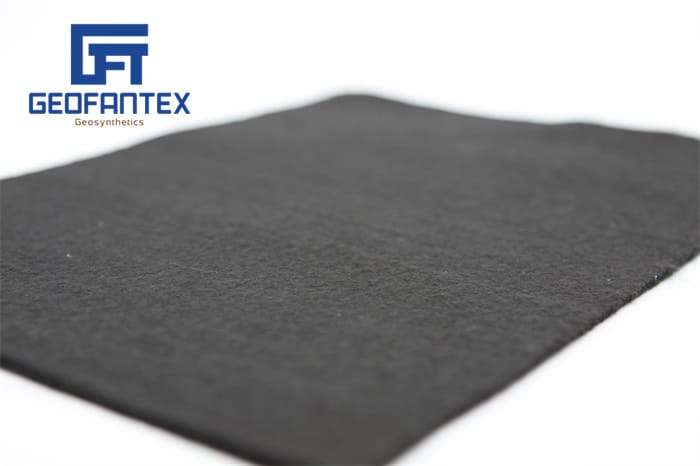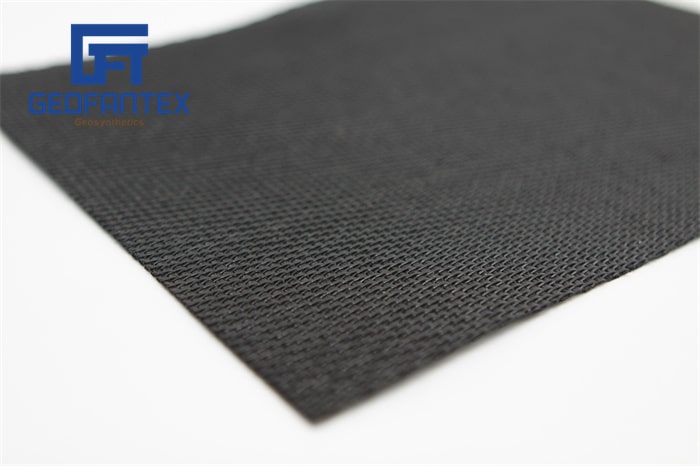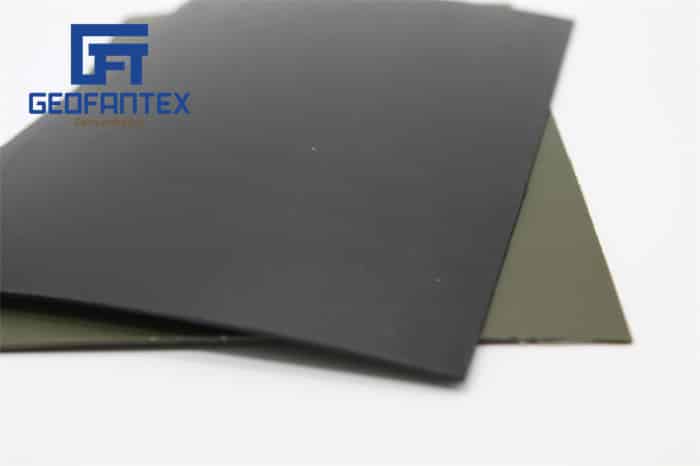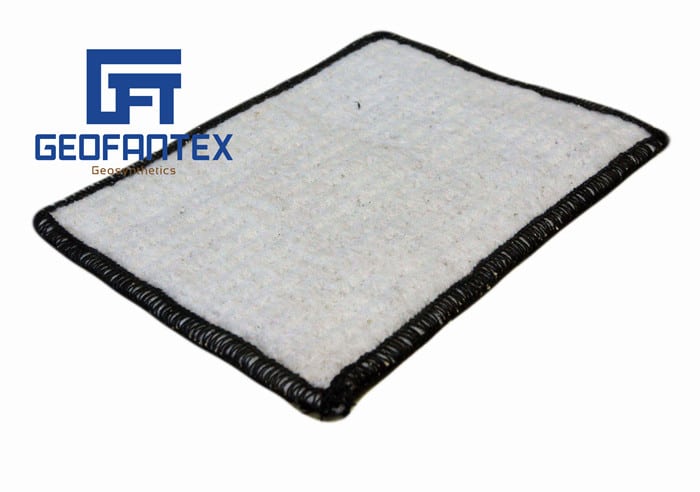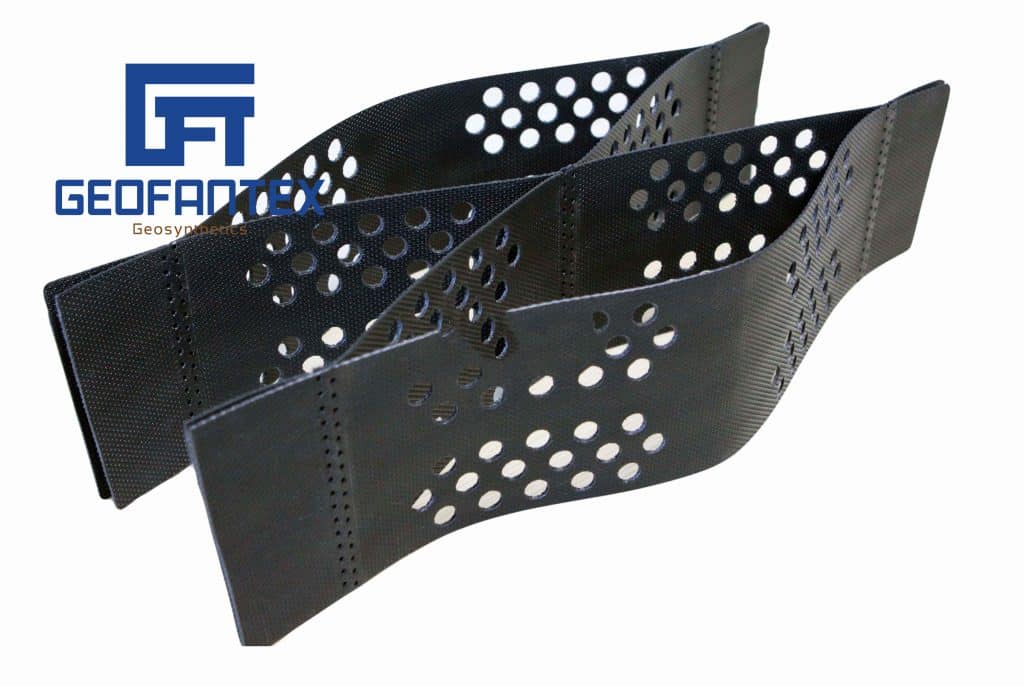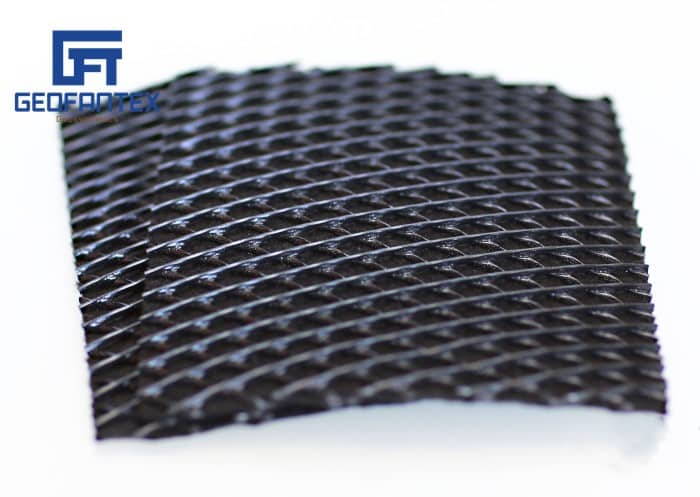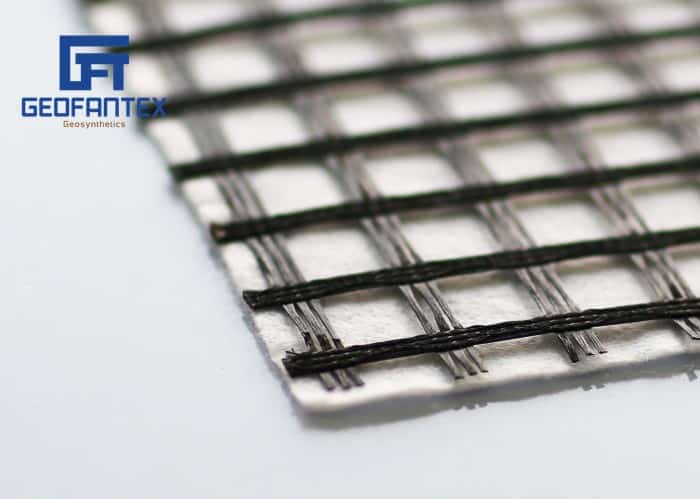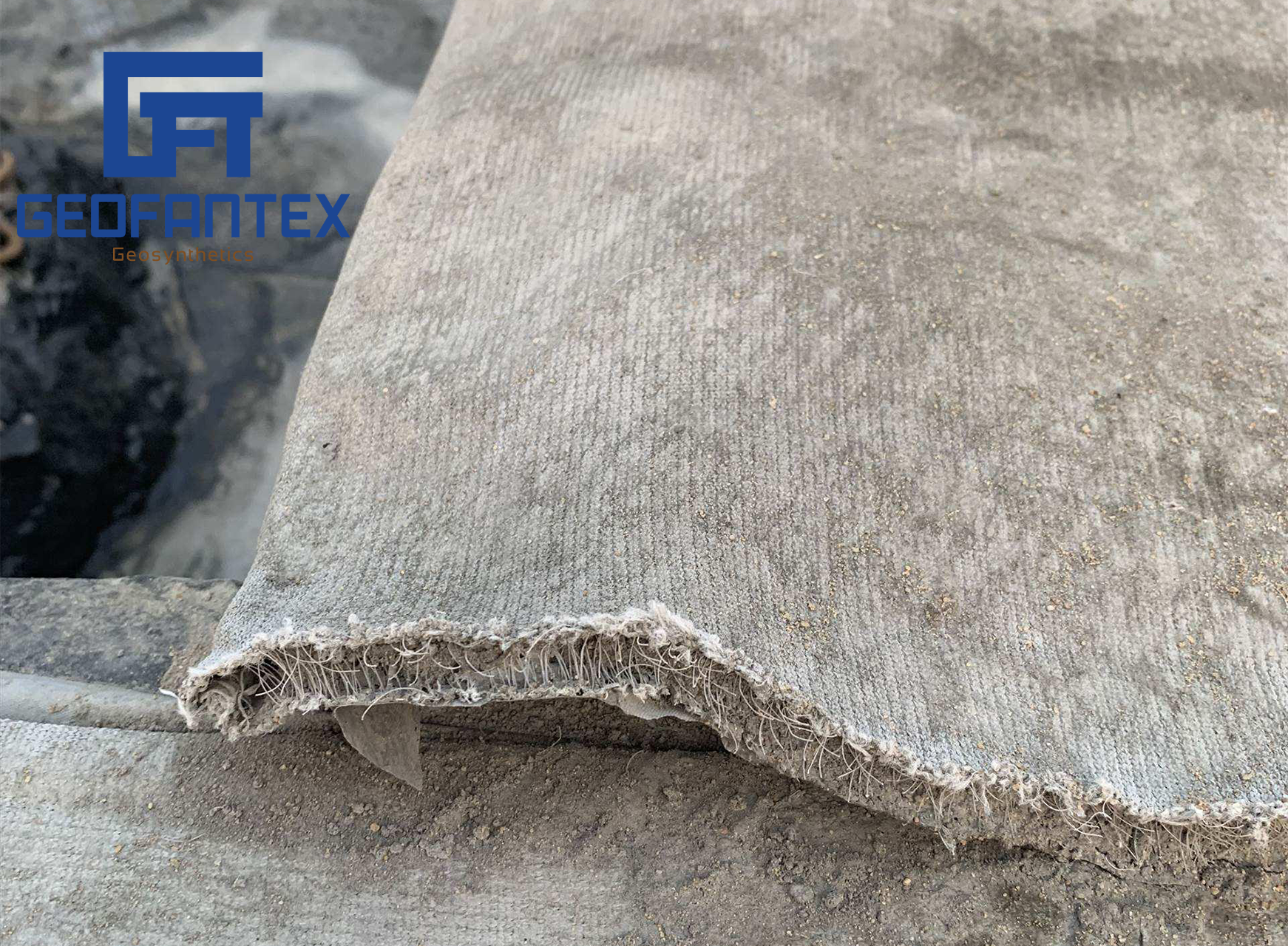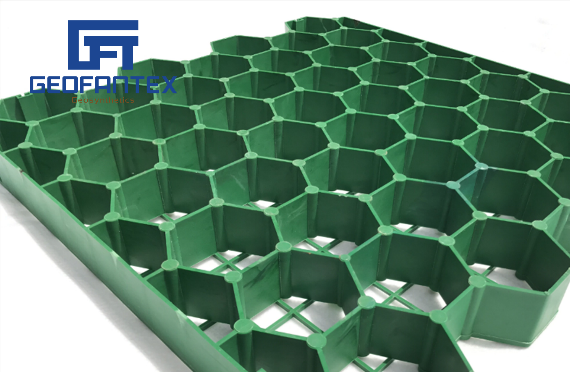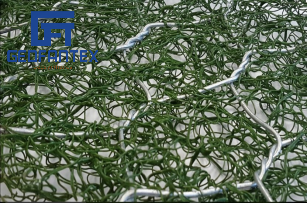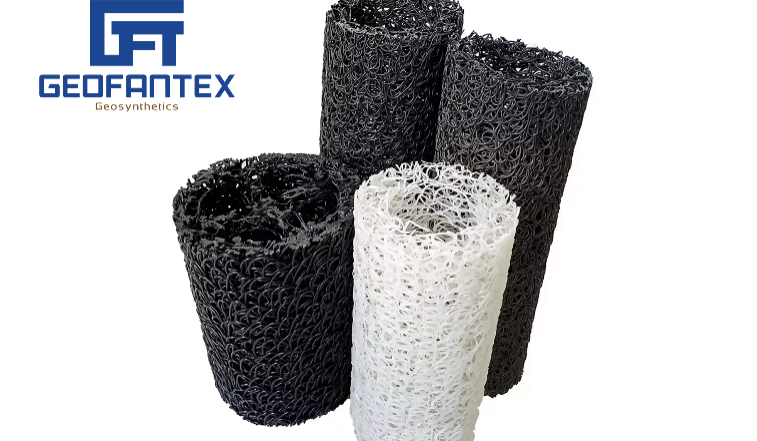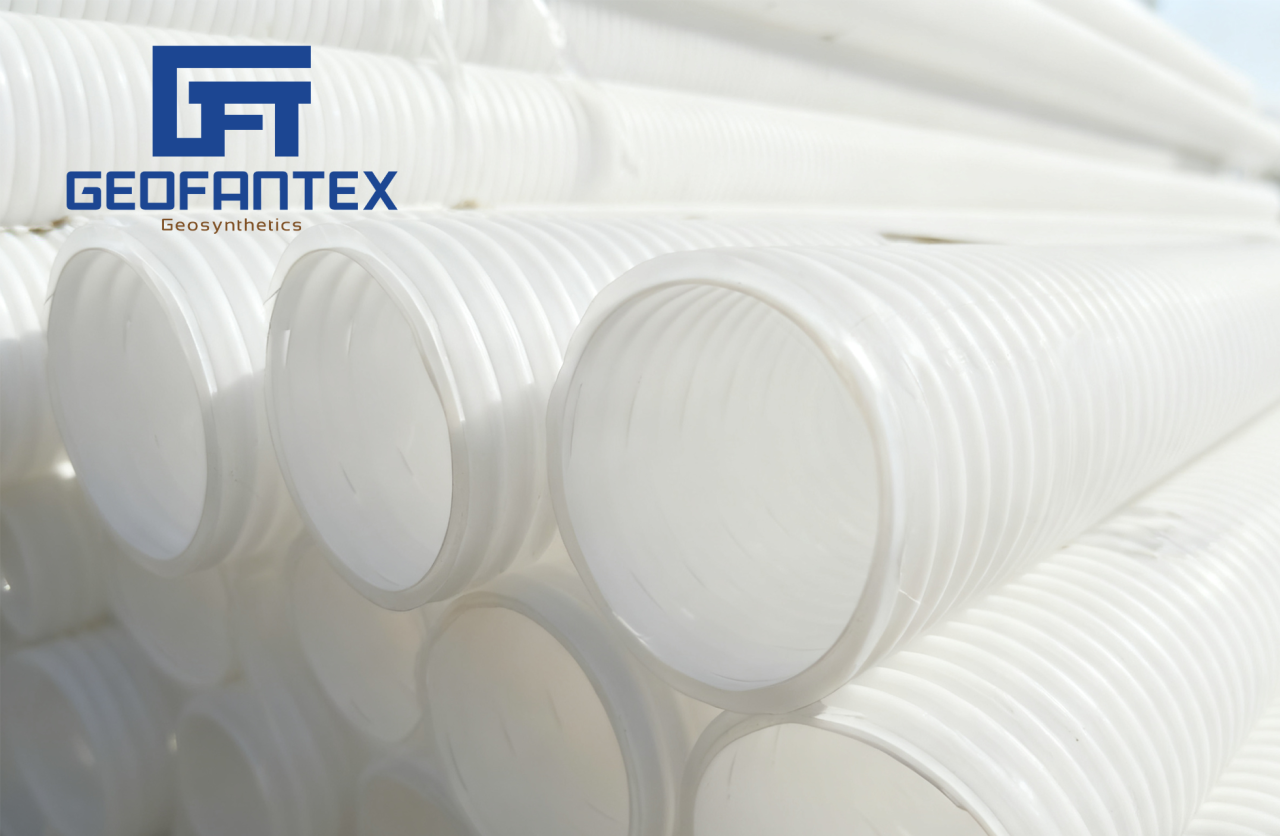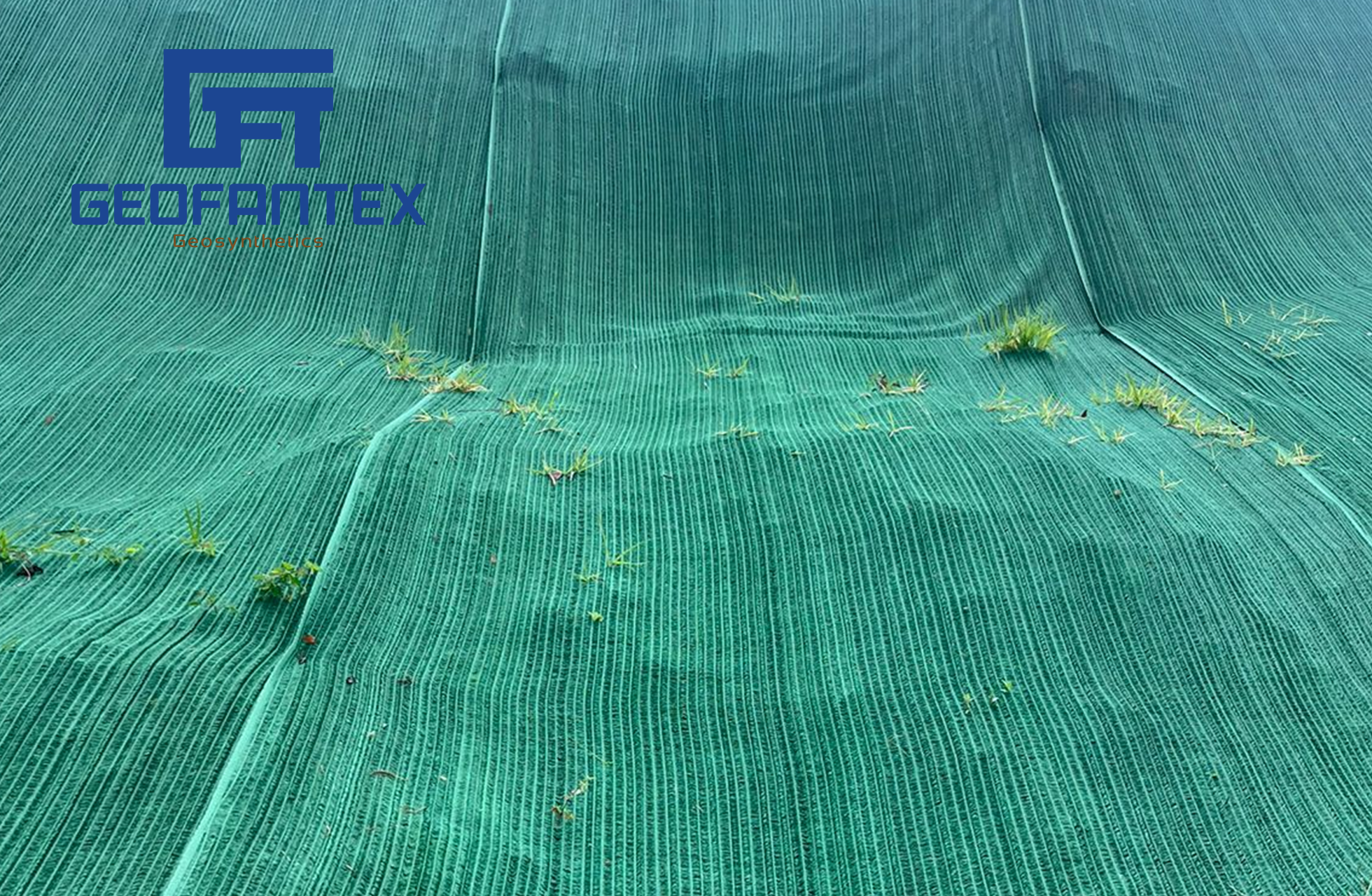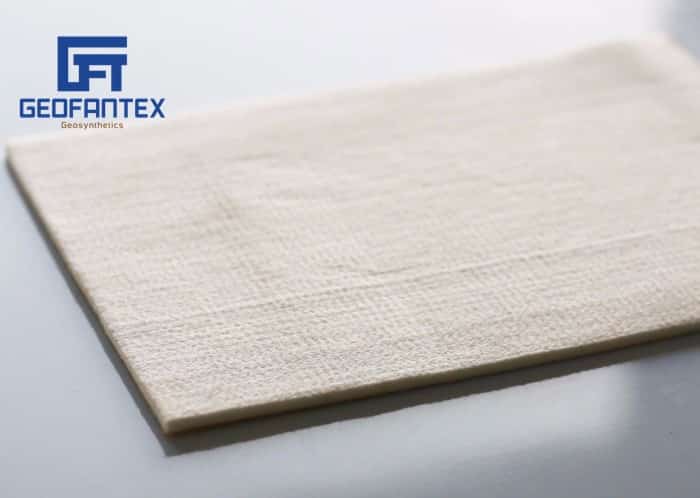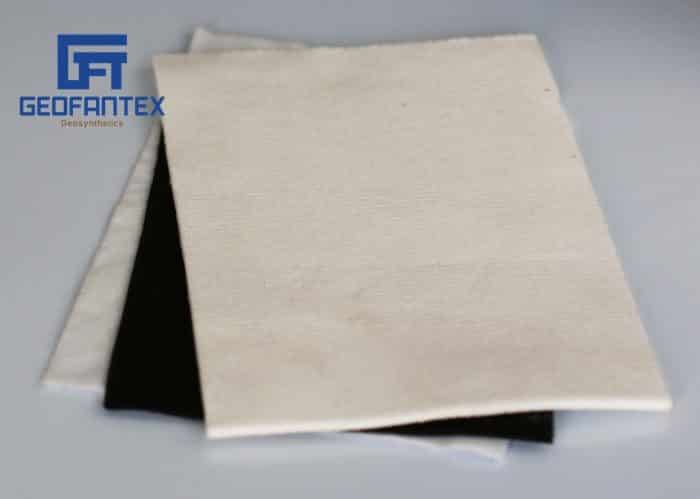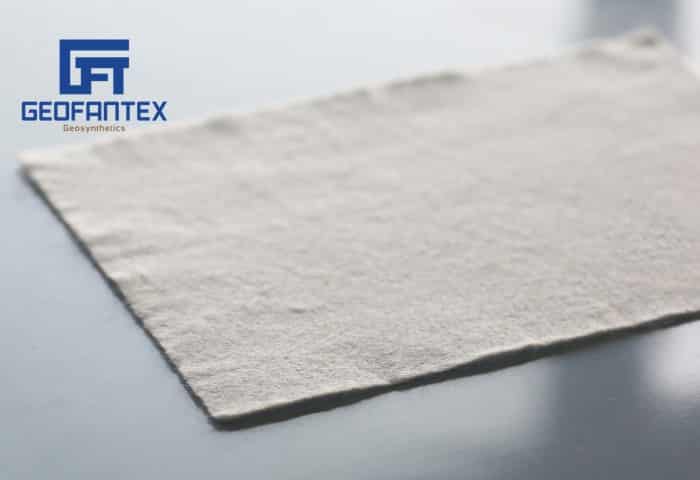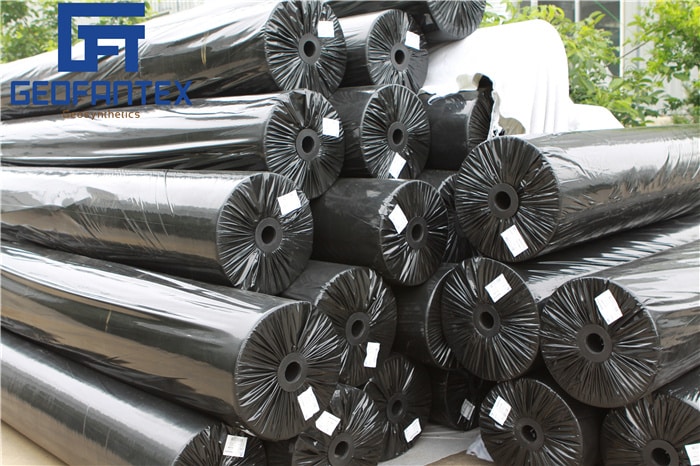+86-159 9860 6917
info@geofantex.com
geofantex@gmail.com
+86-400-8266163-44899
Geogrid slope stabilization is crucial because it enhances the stability and resilience of slopes. Unstable slopes can pose significant risks such as soil erosion, surface runoff, and slope failures. Geogrids provide reinforcement and structural support to prevent these issues and maintain slope integrity.

What is geogrid slope stabilization?
Geogrid slope stabilization is a method used to reinforce and stabilize slopes, typically in areas prone to erosion or landslides. It involves the use of geogrids—strong, durable synthetic materials—placed within the soil or on the surface of a slope. These geogrids create a stable, interlocking structure that distributes loads evenly and helps hold the soil in place.
The geogrid material is typically made from polypropylene, polyester, or other polymers, and is designed to provide strength and flexibility. It’s used in a variety of applications, such as road construction, embankments, and retaining walls, to improve the safety and longevity of slopes.
Benefits of geogrid slope stabilization include:
- Enhanced soil strength: It helps reinforce the soil, making it more resistant to shifting or erosion.
- Cost-effective: It’s often more affordable compared to other slope stabilization methods.
- Environmental benefits: Geogrids can reduce erosion and improve water drainage.
How do geogrids contribute to slope stability?
Geogrids reinforce slopes by distributing and transferring loads, increasing the soil’s shear strength, and reducing the potential for slope movement. They provide tensile strength and structural support to the slope, minimizing the risk of erosion and failure.
In what applications can geogrid slope stabilization be used?
Geogrid slope stabilization is applicable in various scenarios, including highway and railway embankments, retaining walls, landfill slopes, and erosion control projects. It is particularly beneficial in areas with steep slopes, weak soils, or high rainfall where slope stability is a concern.
What factors should be considered when implementing geogrid slope stabilization?
Several factors must be considered, such as the slope’s geometry and soil characteristics, the anticipated load and traffic conditions, and environmental factors like rainfall and vegetation. Proper design, selection of geogrid materials, and installation techniques are crucial for effective and long-lasting slope stabilization.
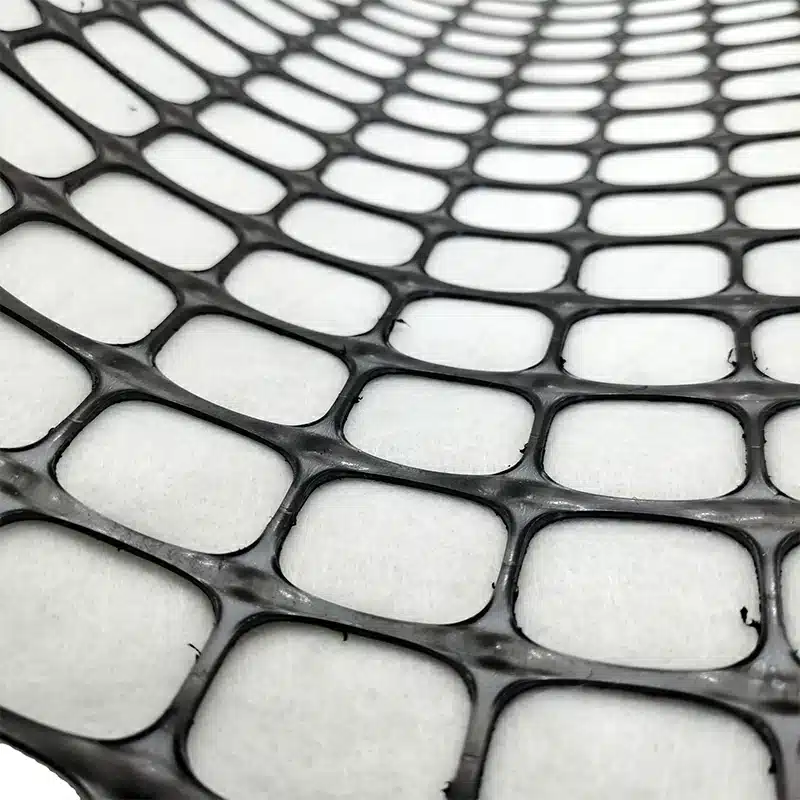

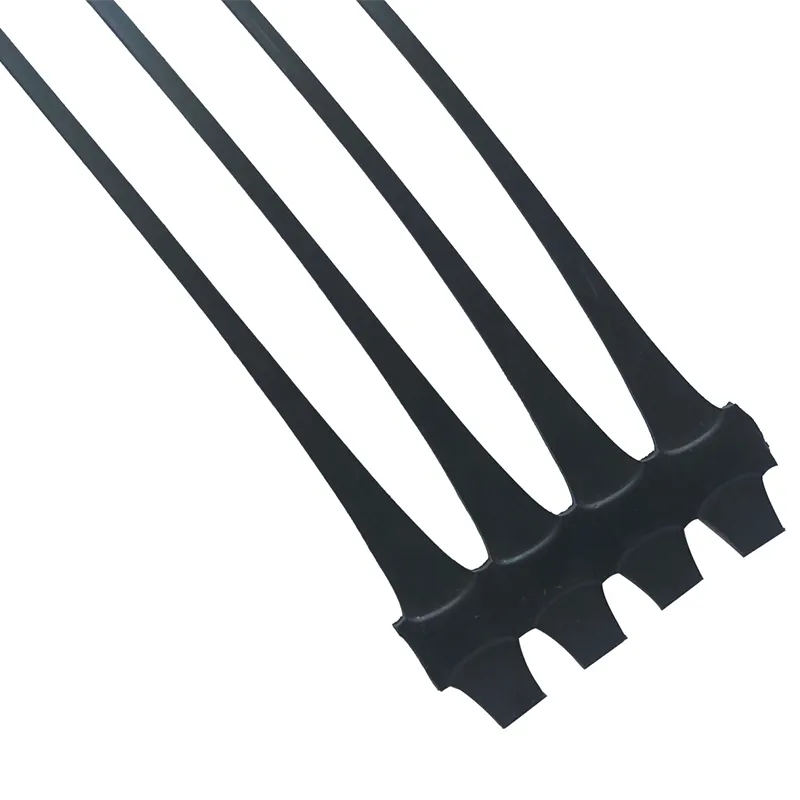
Get Free Sample
We’ll respond as soon as possible(within 12 hours)

